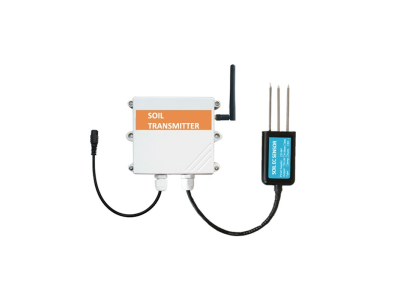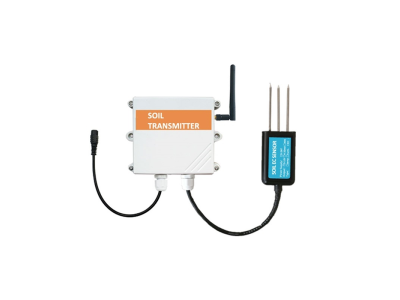The world population is expected to reach 9.7 billion by 2050, which means that food production needs to increase significantly to meet the growing demand. To achieve this goal, sustainable agriculture practices need to be adopted to enhance crop yield and nutrient management. Soil sensors play a crucial role in this regard by providing essential information on soil health and conditions to farmers and growers. This article explores how soil sensors can help enhance crop yield and nutrient management, the different types of sensors available, and how farmers and growers can integrate them into their operations.
Benefits of Soil Sensors in Enhancing Crop Yield and Nutrient Management
Soil sensors offer several benefits in enhancing crop yield and nutrient management, including:
Optimal conditions for crop growth: Soil sensors help farmers and growers optimize conditions for crop growth by providing real-time data on soil moisture, temperature, and nutrients. This information is used to adjust irrigation, fertilization, and other crop management practices to ensure that crops grow in optimal conditions, resulting in higher yields and better quality produce.
Reduced water usage: Soil sensors help farmers and growers conserve water by providing information on soil moisture levels. With this information, farmers can reduce irrigation where it is not needed, resulting in reduced water usage and lower costs.
Efficient use of fertilizers: Soil sensors provide information on soil nutrient levels, pH, and other factors that influence the uptake of nutrients by crops. With this information, farmers can apply fertilizers more efficiently, reducing waste and minimizing the risk of over-fertilization.
Early detection of soil problems: Soil sensors can detect soil problems early, such as nutrient deficiencies, soil salinity, and soil compaction. This allows farmers and growers to address these issues before they become severe, leading to improved crop yields.
Types of Soil Sensors
There are several types of soil sensors available, each with its unique capabilities. These include:
Soil moisture sensors: Soil moisture sensors measure soil water content and provide information on when to irrigate crops. They can be used in different soil types with varying levels of accuracy.
Soil temperature sensors: Soil temperature sensors monitor soil temperature, which affects seed germination, root growth, and nutrient uptake. They can be installed at different depths to provide more accurate data.
Soil nutrient sensors: Soil nutrient sensors measure soil pH and nutrient levels, helping farmers to determine when to apply fertilizers and how much to use. They can detect nutrients such as nitrogen, phosphorus, and potassium.
Soil electrical conductivity sensors: Soil electrical conductivity sensors measure the salinity of the soil, which affects the growth of crops and nutrient uptake. They can be used to measure the concentration of soluble salts in the soil.
Integrating Soil Sensors into Crop Management Practices
The integration of soil sensors into crop management practices can be achieved through several key steps:
Choosing the right sensors: Farmers and growers should carefully evaluate their operations and determine which types of soil sensors will provide them with the most useful data.

Installing sensors: Sensors should be installed at appropriate depths and locations to ensure accurate data collection. They should also be maintained regularly to ensure their optimal functioning.
Collecting data: Data should be collected regularly to monitor soil health and detect changes that may require intervention.
Analyzing data: Data collected from soil sensors should be analyzed to identify trends and patterns that can inform crop management decisions.
Acting on data: Farmers and growers should use the insights gained from soil sensors to adjust crop management practices, such as irrigation and fertilization, to achieve better yields and reduce waste.
Challenges and Future Outlook
While soil sensors offer significant benefits in enhancing crop yield and nutrient management, there are several challenges that need to be addressed to ensure their effective use. The cost and complexity of installing and maintaining sensors, especially for small-scale farmers, is a significant challenge. Additionally, there is a need for more research to develop algorithms and software that can interpret the data collected by sensors and provide actionable insights to farmers.
Despite these challenges, the future outlook for soil sensors in enhancing crop yield and nutrient management is promising. As technology advances, sensors are becoming more affordable and easier to install and maintain. Additionally, the integration of soil sensor data with other technologies, such as precision farming and machine learning, holds the potential to revolutionize crop management practices and lead to more sustainable agriculture overall.
Conclusion
Soil s






